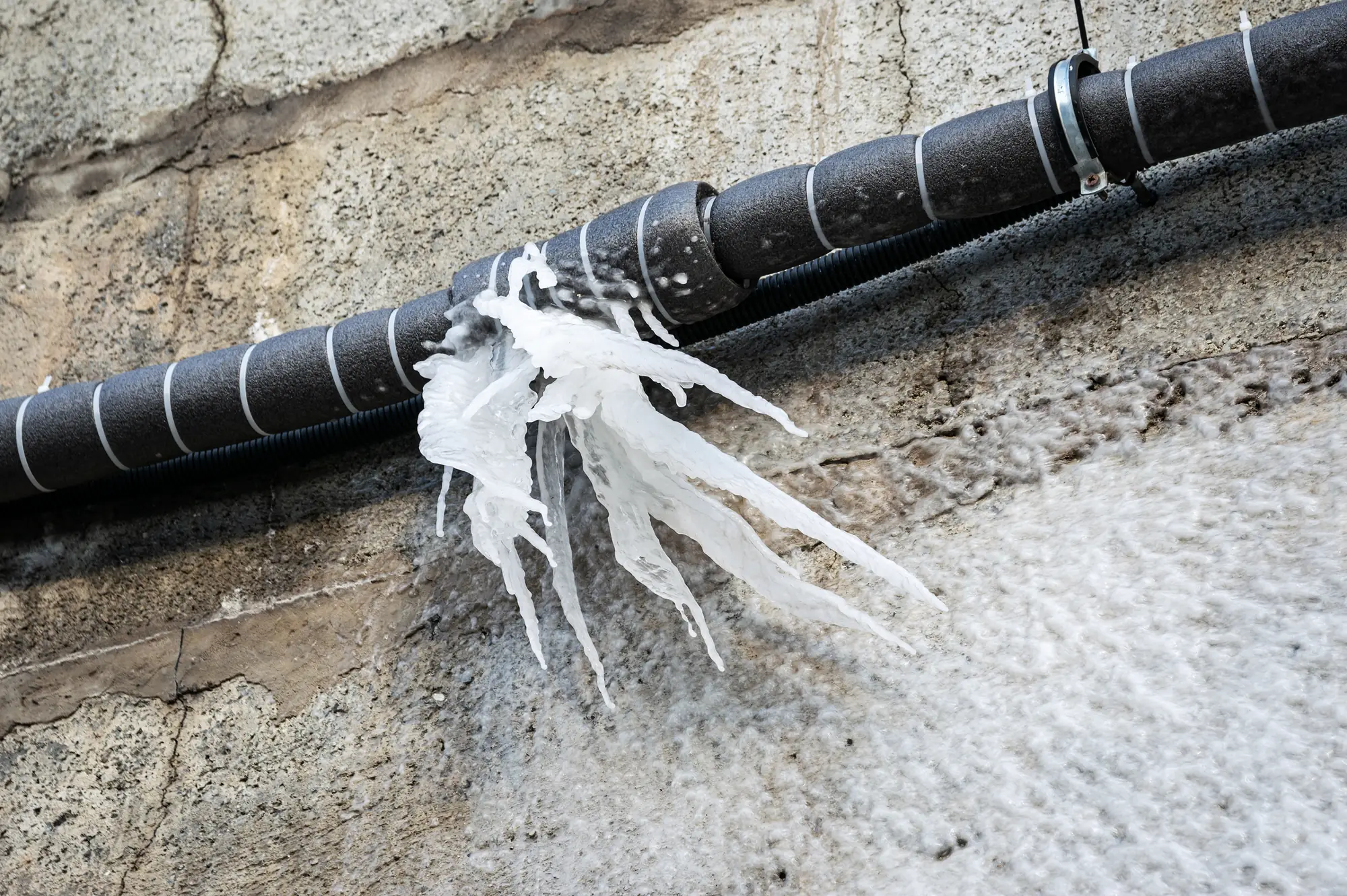
Hear From Our Customers
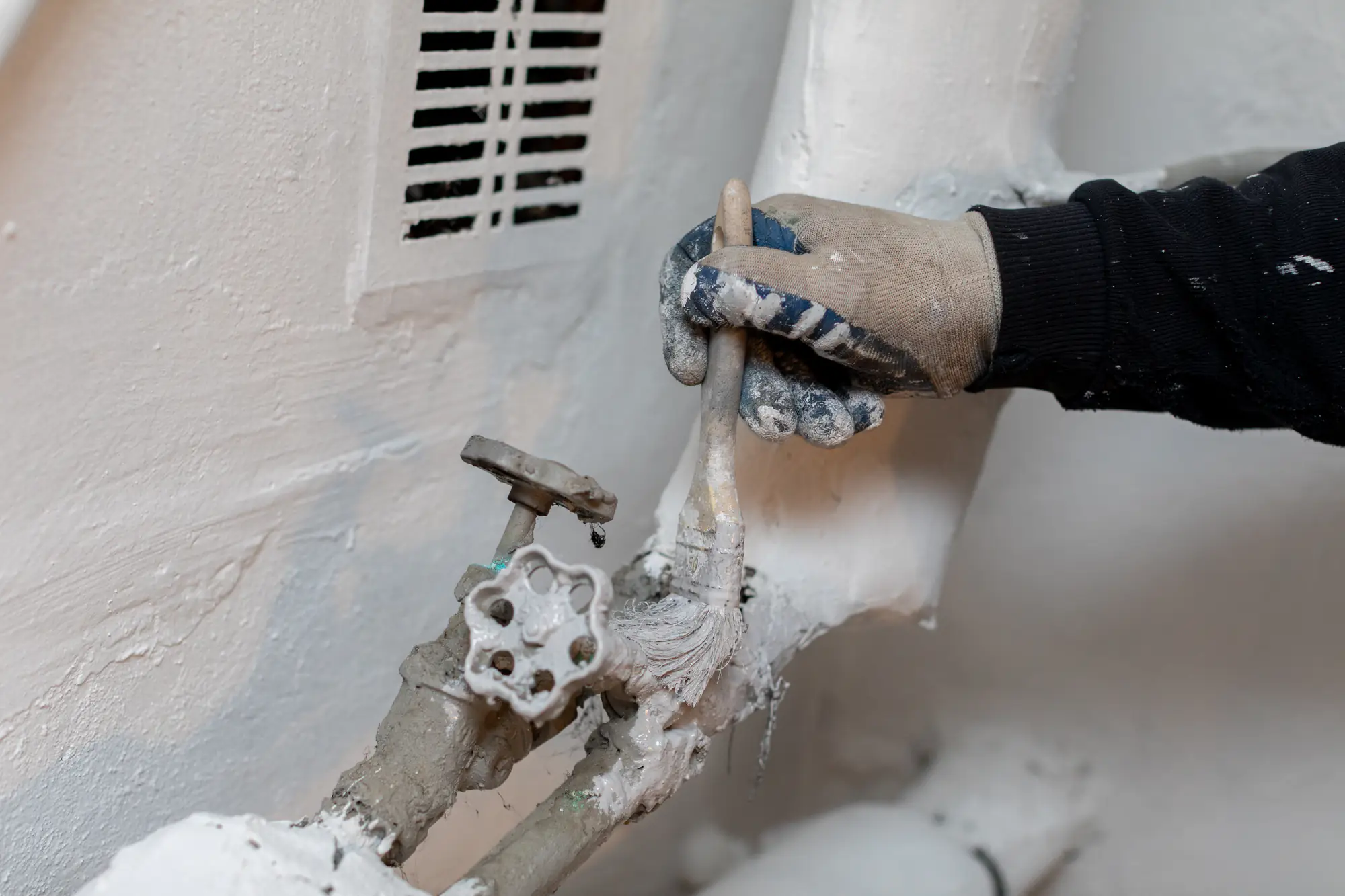
When your pipes freeze, you’re looking at potential disaster. Water expands when it freezes, creating pressure that can burst pipes and flood your home with hundreds of gallons per hour.
Our emergency frozen pipe repair service stops that nightmare before it starts. You get professional thawing equipment that safely restores water flow without damaging your pipes. No more cold showers, no more water damage, no more expensive emergency repairs at 2 AM.
Within hours, your plumbing system works normally again. Your family has hot water for showers, your appliances function properly, and you sleep soundly knowing your pipes won’t burst overnight and flood your basement.
We’ve served Cook County residents since 2001, handling everything from frozen pipes to major sewer repairs. We’re licensed, bonded, and insured professionals who understand exactly what Streamwood winters do to plumbing systems.
Illinois temperatures regularly drop to 21°F at night during winter months. That’s prime freezing weather, and we’ve seen what happens when pipes aren’t properly protected or quickly repaired. Every winter, we help hundreds of local families avoid the nightmare of burst pipes and flooded homes.
Our technicians live and work in this area. We know which neighborhoods have older pipes, which homes are most vulnerable, and exactly how to prevent small problems from becoming expensive disasters.
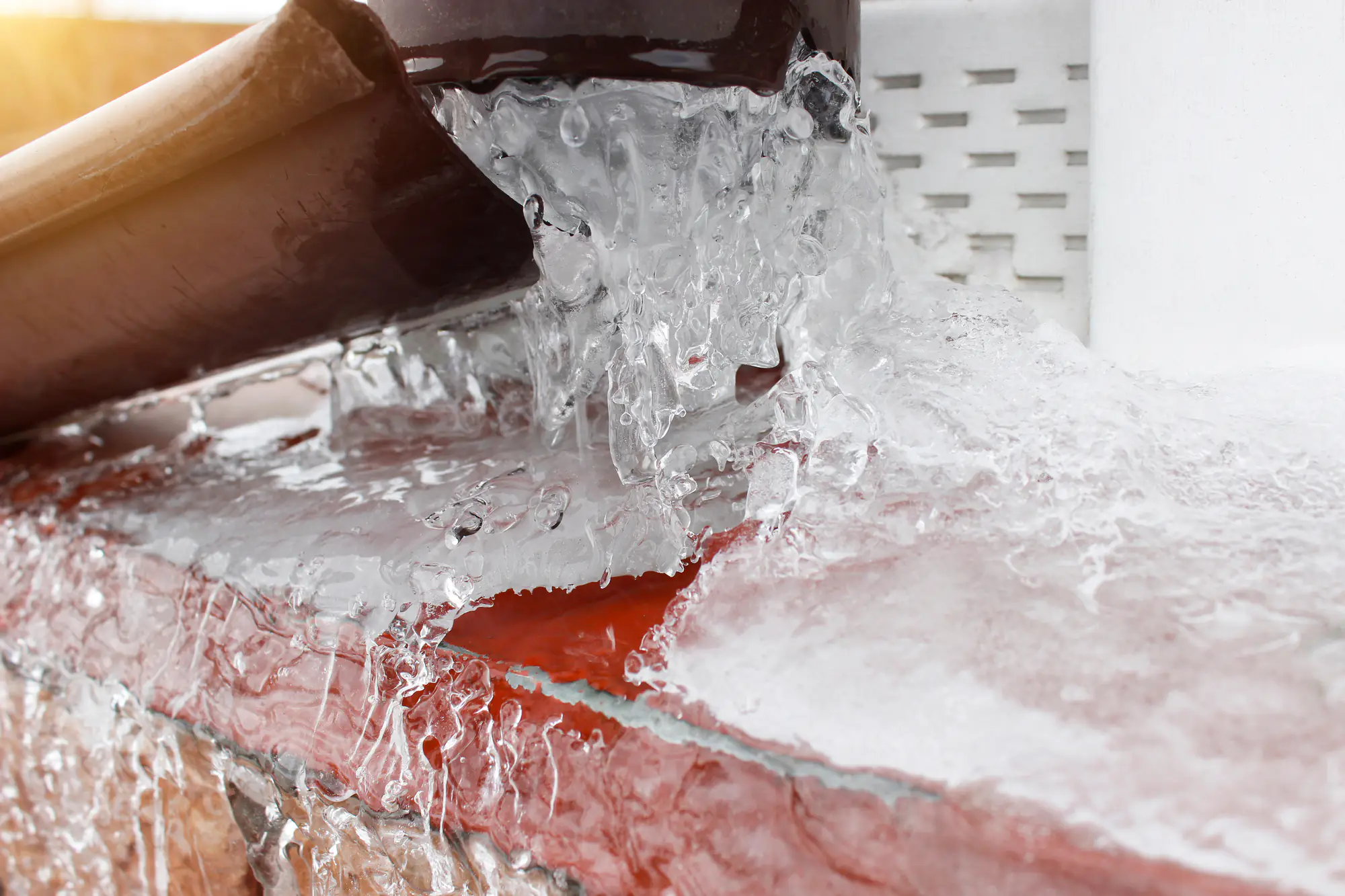
First, we shut off your water supply to prevent flooding if pipes have already burst. Our technician locates the frozen section using professional diagnostic equipment, not guesswork.
Next comes the critical part: safe thawing. We use specialized heating equipment that gradually warms the pipe without causing thermal shock or damage. This isn’t a hair dryer or space heater – it’s professional-grade thawing equipment designed specifically for frozen pipes.
Finally, we test water pressure and flow throughout your system to ensure everything works properly. We inspect for any damage that occurred during freezing and provide recommendations to prevent future problems. Most repairs take just a few hours, and you’re back to normal water service the same day.
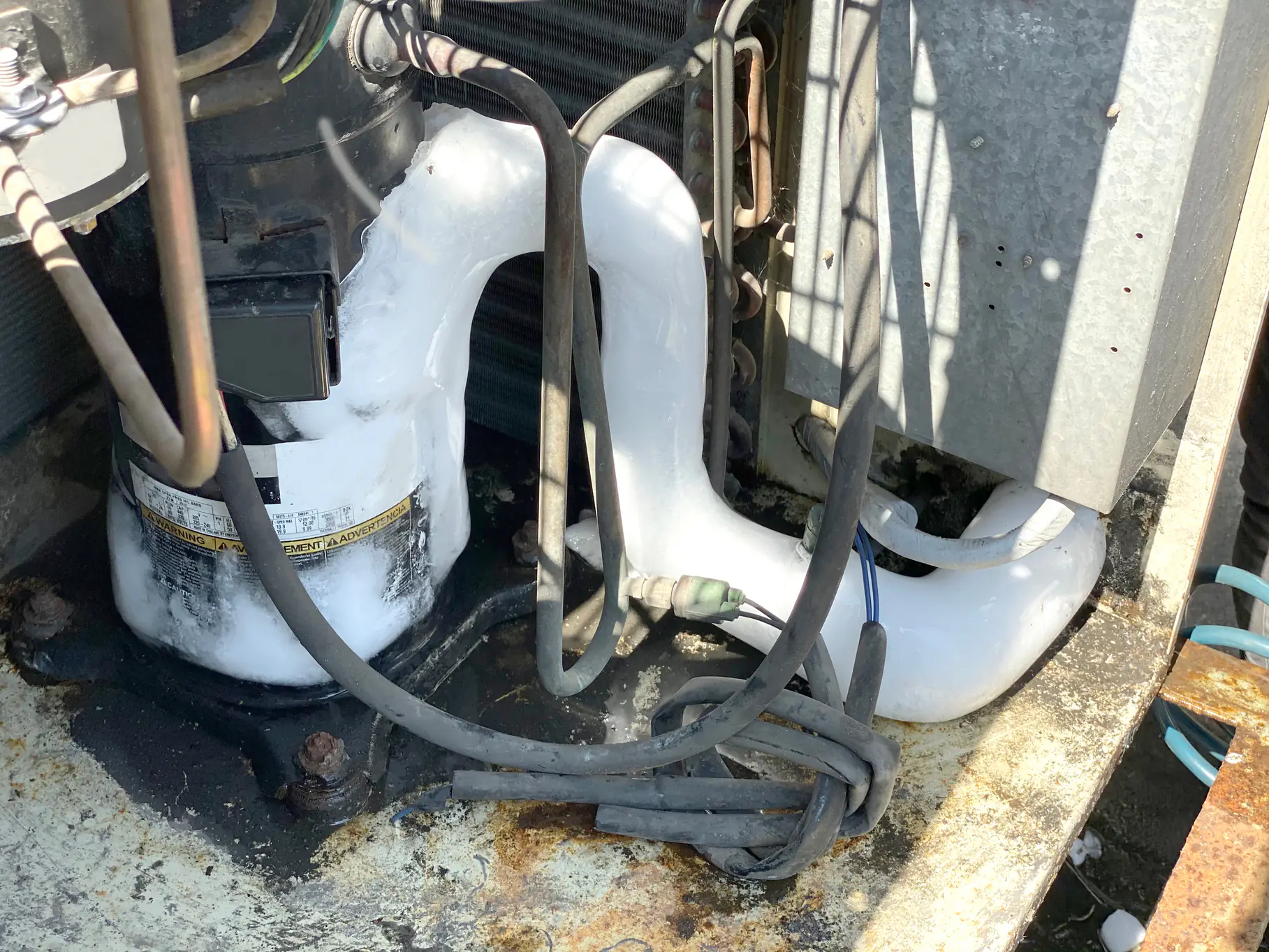
Ready to get started?
Your frozen pipe repair includes professional thawing, damage assessment, and preventative recommendations. We don’t just fix the immediate problem – we help prevent it from happening again.
Streamwood’s location in Cook County means your pipes face unique challenges. The area’s mix of older homes and newer construction requires different approaches. Homes built before 1986 often have different piping materials that freeze differently than modern PVC or copper systems.
We provide pipe insulation services, recommend thermostat settings that prevent freezing, and identify vulnerable areas in your home before winter hits. Our preventative maintenance plans include regular inspections that catch potential problems early, saving you money and preventing emergency calls during the coldest nights of the year.
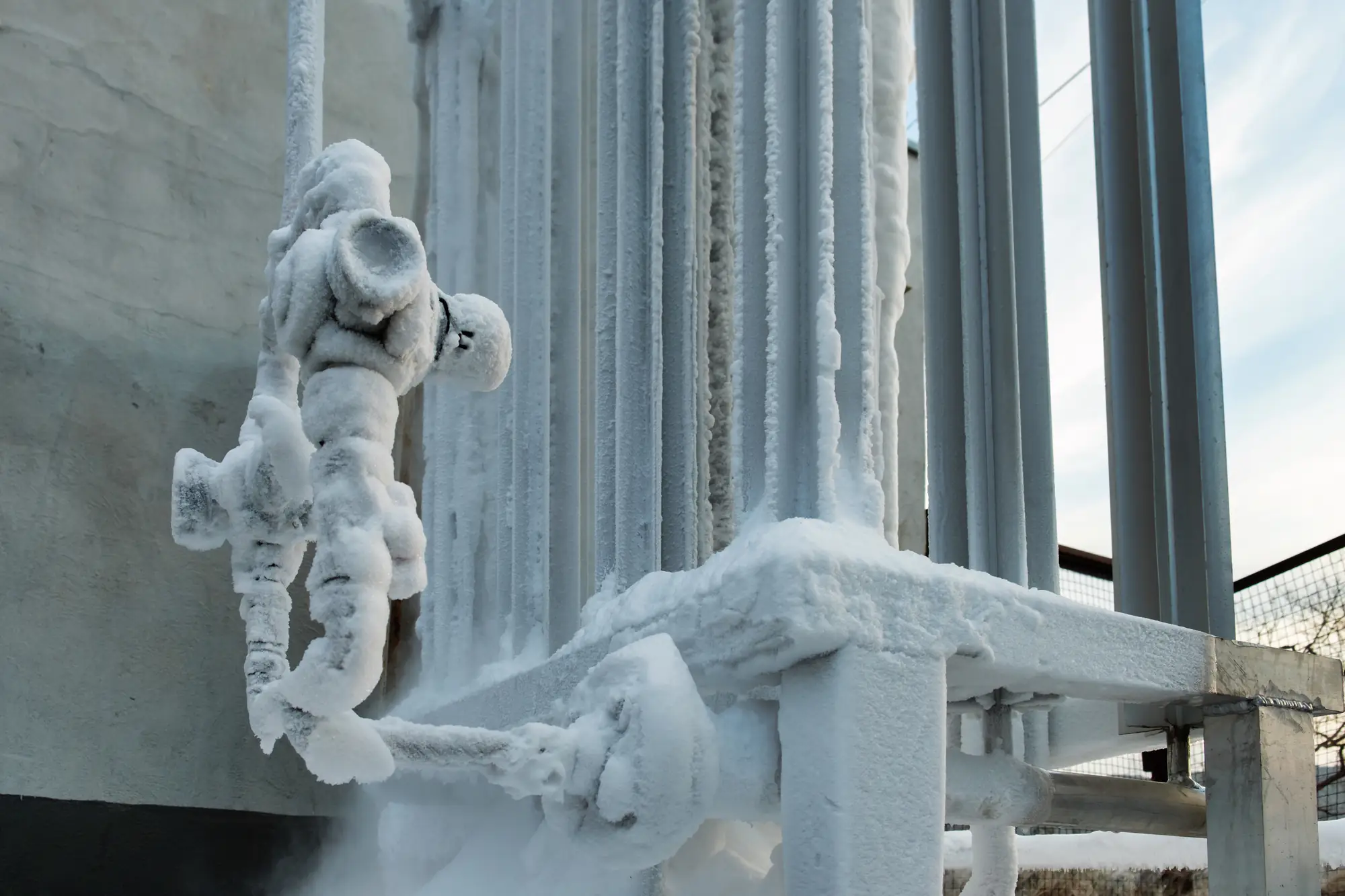
We provide 24/7 emergency service throughout Streamwood and typically arrive within 60 minutes of your call. Our service vehicles are fully stocked with professional thawing equipment and common repair parts.
During severe winter weather, response times may extend slightly due to road conditions, but we prioritize frozen pipe calls because we know how quickly they can turn into burst pipe disasters. We dispatch the nearest available technician immediately and keep you updated on arrival time.
Unlike many companies that just schedule you for the next business day, we understand that frozen pipes can’t wait. Every hour you wait increases the risk of pipes bursting and causing thousands of dollars in water damage.
Pipes freeze when temperatures drop below 32°F for extended periods, which happens regularly during Streamwood winters. The most common causes are pipes in unheated areas like basements, crawl spaces, or exterior walls with poor insulation.
Power outages that shut down your heating system create immediate freezing risk. Pipes near exterior walls, especially on the north side of your home, are particularly vulnerable. Even pipes inside heated areas can freeze if your thermostat is set too low or if there are drafts around the pipes.
Homes built before modern insulation standards face higher risk. We often see frozen pipes in older Streamwood neighborhoods where pipes run through unheated areas or lack proper insulation around exterior wall penetrations.
While you might successfully thaw a small section with a hair dryer, professional thawing is much safer and more effective. DIY methods often cause more damage than the original freezing.
Using open flames, blowtorches, or high-heat sources can burst pipes instantly or start fires. Even hair dryers can cause thermal shock that cracks pipes. Professional thawing equipment applies controlled, gradual heat that safely restores flow without damage.
More importantly, we can identify whether pipes have already suffered damage from freezing. A pipe that looks fine might have micro-cracks that will fail days or weeks later, causing flooding when you least expect it. Professional assessment prevents these delayed disasters.
Frozen pipe repair costs depend on the location of the frozen section, the type of piping material, and whether any pipes have already burst. Simple thawing services typically cost much less than burst pipe repairs and water damage restoration.
We provide upfront pricing before starting any work, so you know exactly what you’ll pay. Most frozen pipe thawing can be completed in a few hours, and we charge by the job, not by the hour.
The real cost comparison is between professional thawing and the thousands of dollars in water damage that burst pipes cause. A burst pipe can release 250 gallons of water daily, damaging floors, walls, furniture, and creating mold problems that require expensive remediation.
Keep your thermostat set to at least 55°F, even when you’re away from home. Open cabinet doors under sinks to allow warm air circulation around pipes, especially those on exterior walls.
Insulate pipes in unheated areas like basements, crawl spaces, and garages. Disconnect and drain outdoor hoses before winter, and shut off water to exterior spigots. During extremely cold weather, let faucets drip slightly to keep water moving through the pipes.
Seal air leaks around pipes where they enter your home from outside. Even small drafts can freeze pipes quickly. We offer preventative inspections that identify vulnerable areas in your specific home and provide customized winterization recommendations based on your home’s age and construction.
Turn off the main water supply immediately to prevent flooding if pipes burst. Don’t attempt to thaw pipes with open flames, blowtorches, or high-heat devices that can cause fires or pipe damage.
Keep faucets open to relieve pressure as ice melts and to allow water to flow once thawing begins. If you have no water flow at all, or if you hear unusual sounds like clanging or gurgling, call for professional help immediately.
Check other faucets throughout your home – if one pipe is frozen, others likely are too. Don’t assume the problem is limited to one area. Professional assessment identifies all affected pipes and ensures complete thawing without damage to your plumbing system.